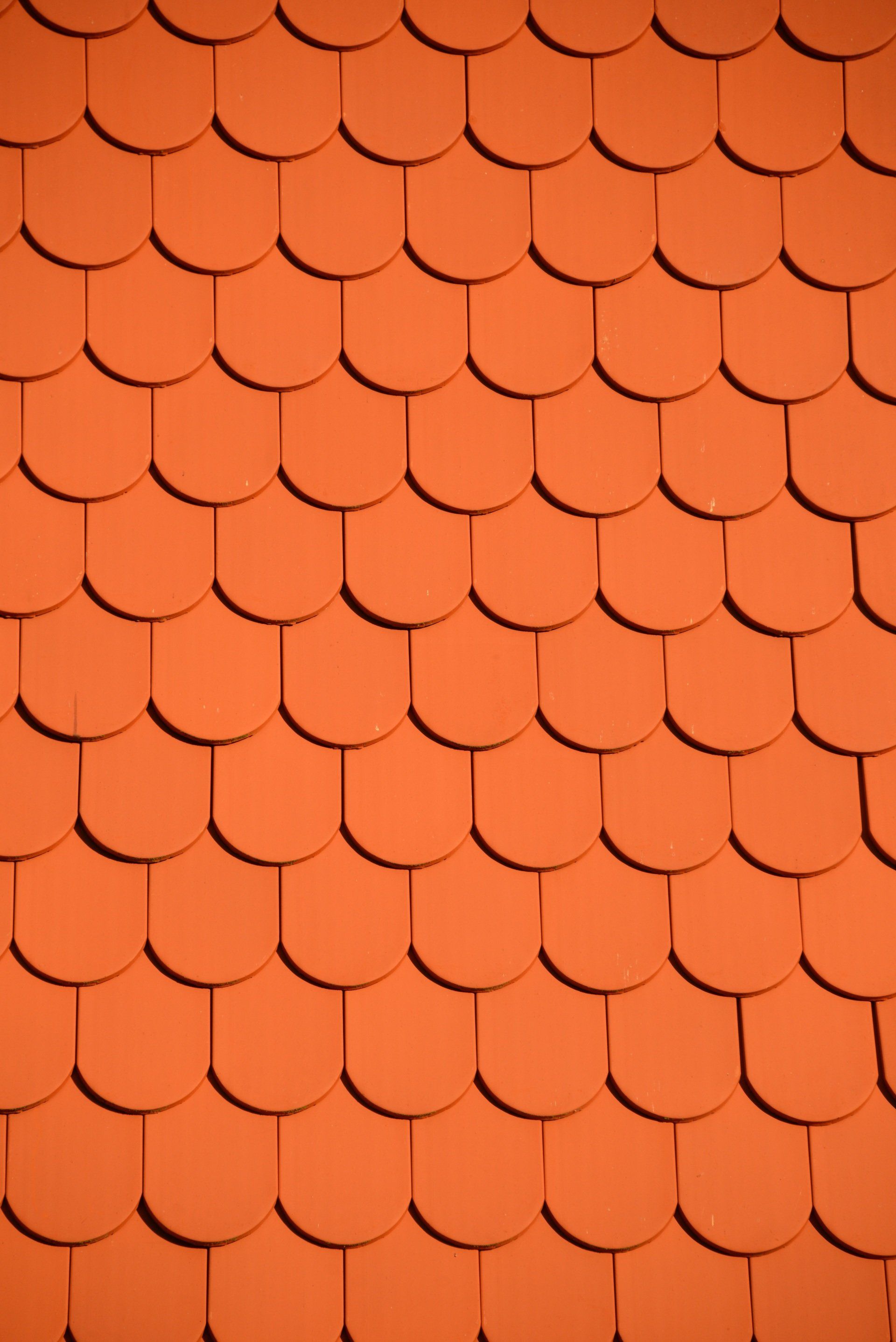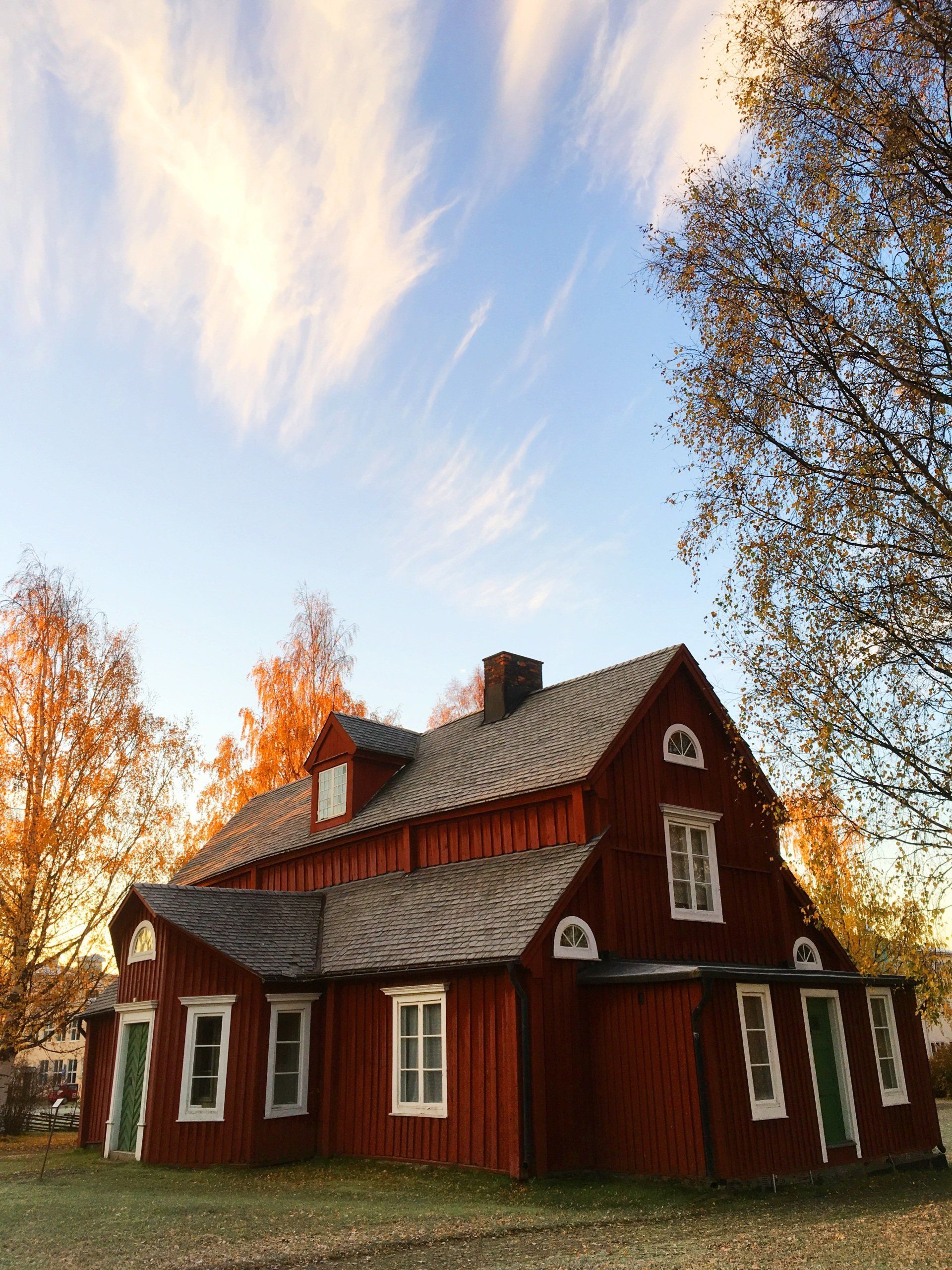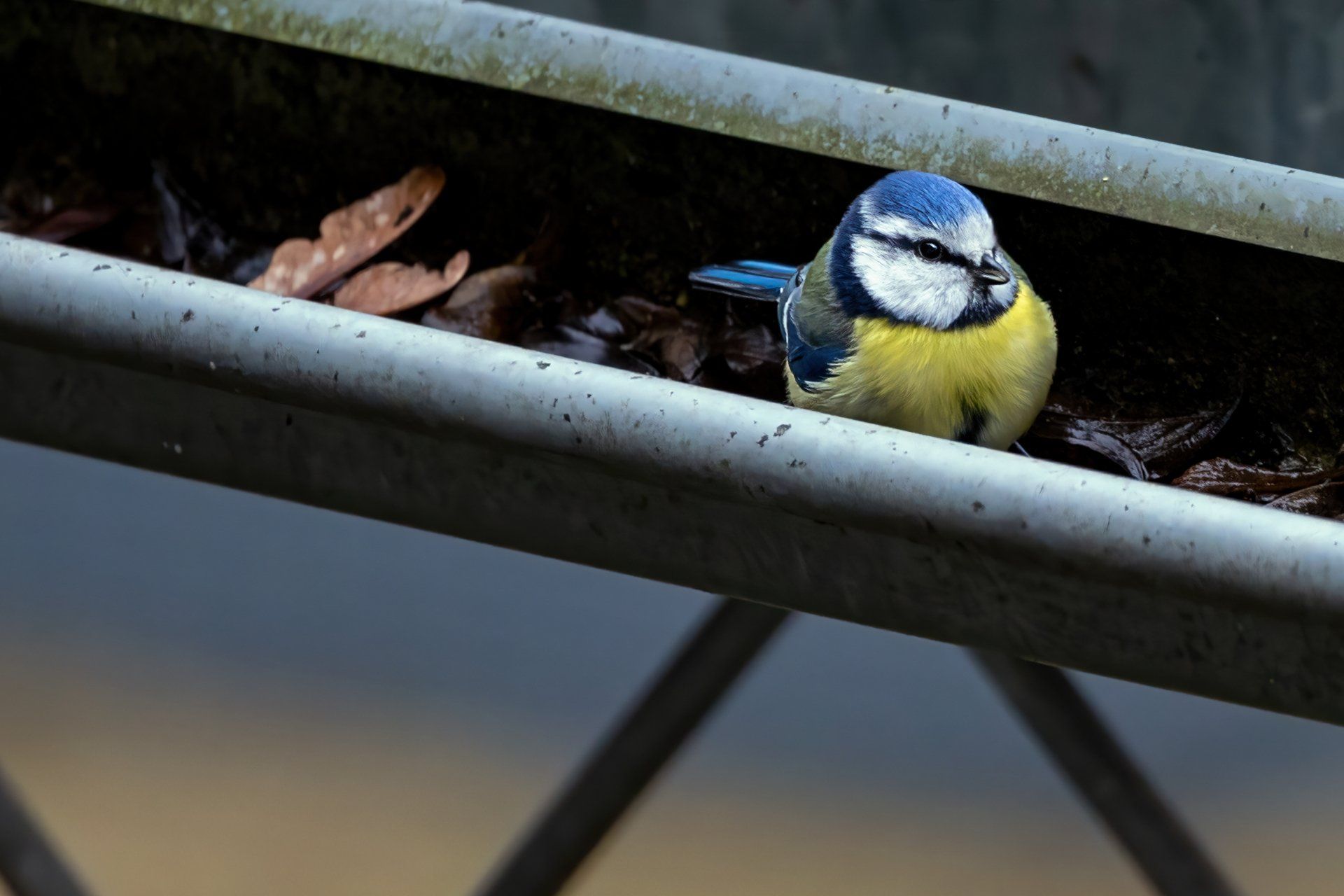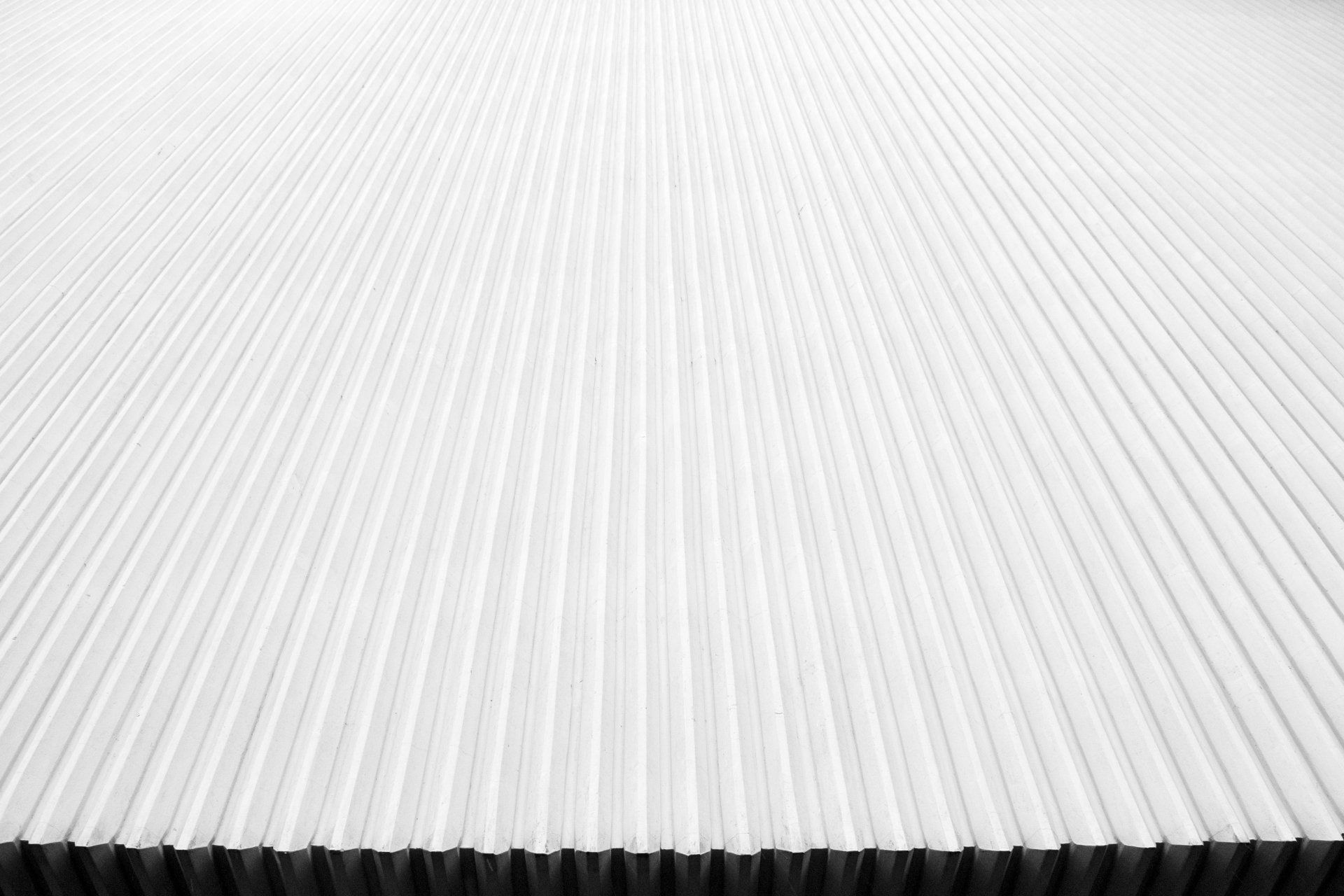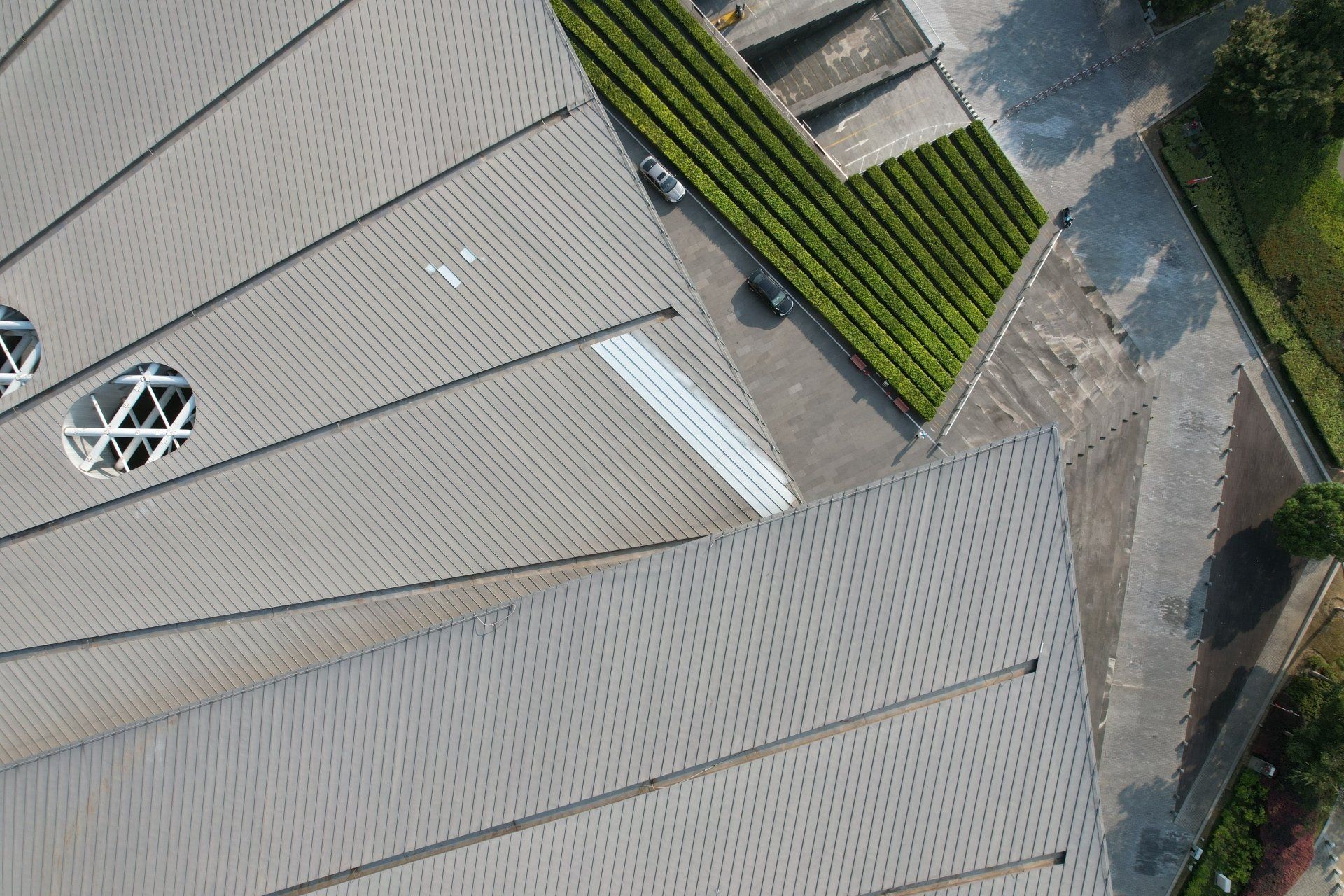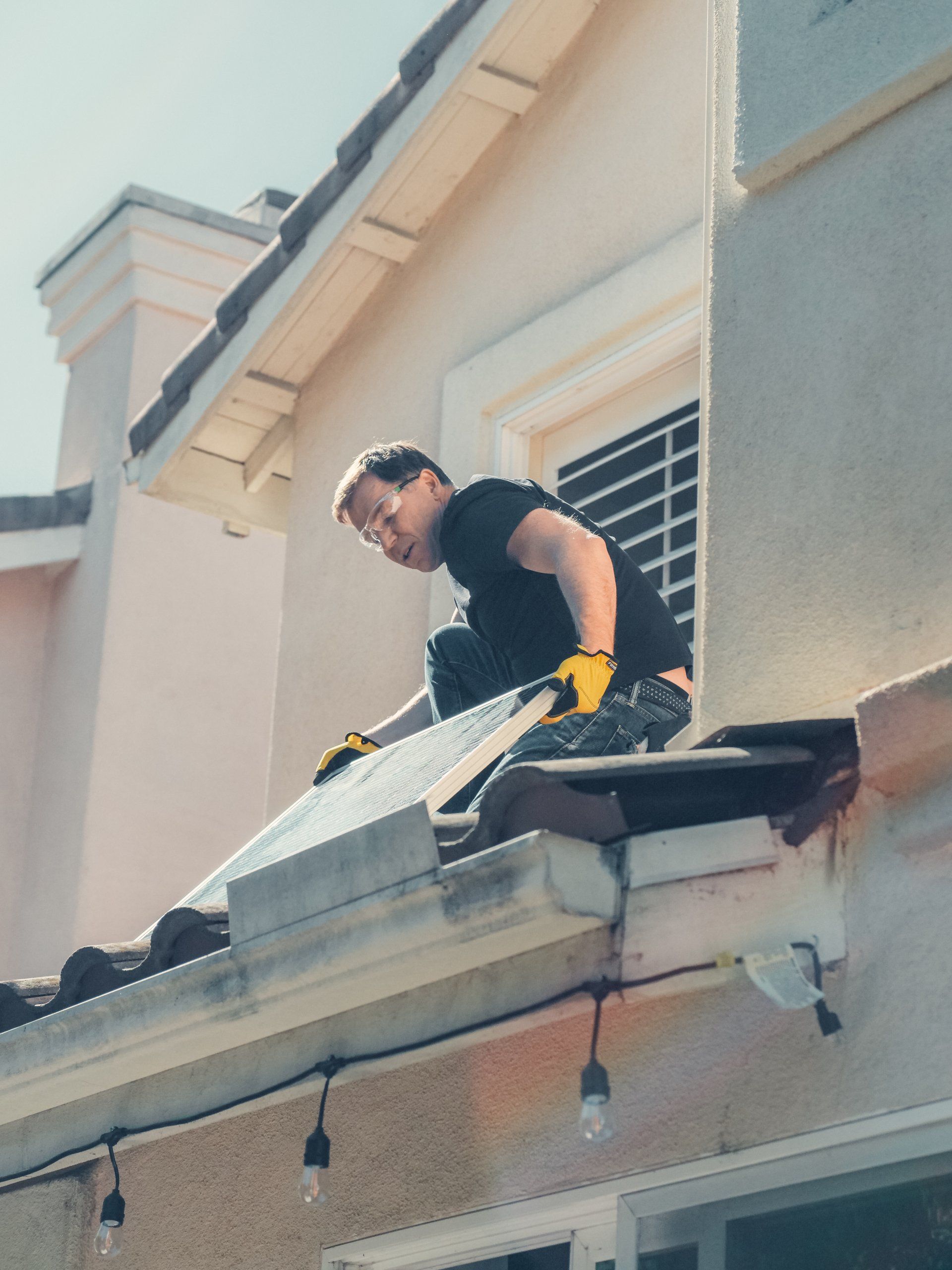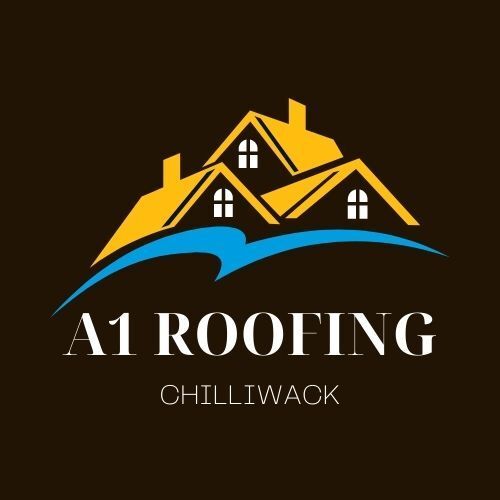Did a storm or hail storm just impact your neighborhood? Does your insurance protect your roof?
Did a storm or hail storm just impact your neighborhood? Does your insurance protect your roof?
The insurance usually covers roof damage, as well as any structural damage that is caused by a peril covered. Damage to your garage's roof or any other structure of the home is also covered under the section mentioned in your policy.
However, not every issue of roof replacement is covered by your insurance, and roof damage can occur in a variety of ways.
If your roof was neglected over time and has begun to deteriorate due to this reason, the roof's damage might not be insured by your insurance provider, and the claim could be rejected. You could also be in a position to lose your claim when your roof is damaged due to flooding, earthquake, or mudslide unless you have insurance for these types of hazards.
Damages caused by wind or hail are usually covered by a standard insurance policy. However, it is not uncommon for insurers to set separate deductibles for these perils.
Does my homeowner's insurance cover hail and wind damages that my home's roof sustains?
A standard insurance policy for homes typically covers hail and wind since they are both typical reasons for roof damages. In states that are prone to these dangers more often than other regions, insurance companies tend to raise the price of their policy to account for the increased risks and the frequent claims.
The extent of the damage can determine how much you are eligible for the insurance company to cover the damages. For example, if a few shingles of your roof have scratches following a hailstorm, the insurer of your home could consider it to be "cosmetic" damage, which is a typical home insurance exclusion. Practically, the possibility is that it's not worth declaring a claim on cosmetic roof damage because the deductible might result in a higher amount than the actual cost of the damage.
Does the homeowner's insurance cover leaks to the roof?
Your insurance provider for your home will be able to cover roof leaks when:
The leak was the result of an incident that's covered under your insurance policy. The damages were swift and sudden and didn't last for several years.
It can be a source of contention within the insurance of homes; even the fact that a leak was a complete shock to the homeowner could be interpreted as an act of carelessness to the insurer.
If, for instance, the area you reside in is a cold climate, and your roof is coated with snow every winter, you won't be aware of the gradual decline until the big storm comes through and a significant section starts leaking. Although the event that caused the leak occurred during a major storm, the insurer could think that the damage was slow and deny you a claim.
Is my claim able to be denied by the insurance company if the roof isn't in good condition?
When you have signed your homeowner insurance form, the insurance company will then send an insurance adjuster to review your roofing insurance claim. They'll ensure that everything you stated in the application is accurate and decide if any adjustments to your coverage need to be made. The issue isn't only about the coverage limit; insurance companies want to determine if you're worthy of insuring based on the likelihood that you'll submit claims; they've been known to reject claims after inspection.
The roof's condition and the old it is can be one of the main building blocks of your house that they check. If the age of your roof exceeds 20 years, some insurers will not renew policies without first undergoing an inspection by a roofing firm in the process of claiming roofing insurance.
